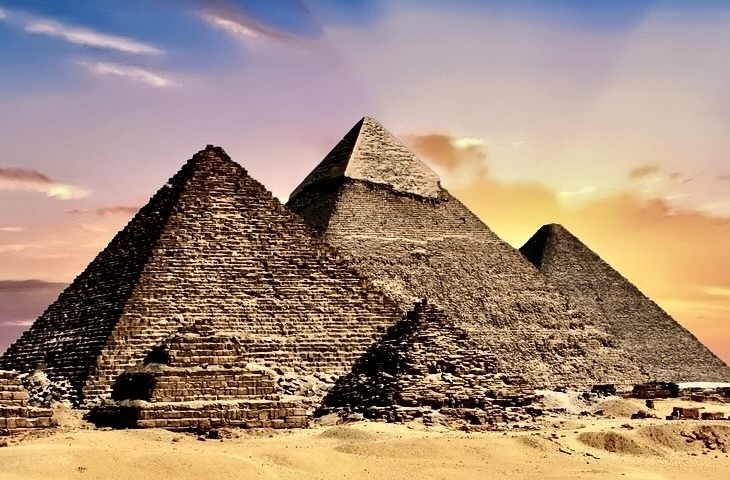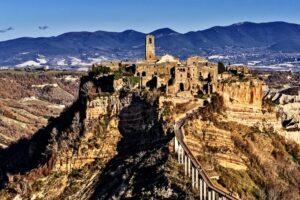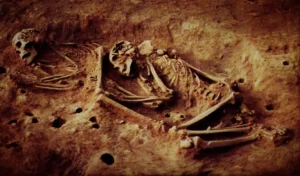
American Association for the Advancement of Science (AAAS)—A new study* describes the discovery of an isolated genetic lineage of hunter-gatherers that lived 6,000 years ago in the Colombian Bogotá Altiplano. Involving genome-wide analyses of 21 ancient people, the work establishes this localized group as an independent branch of the initial South American radiation. This preceramic group shared little genetically with other populations that first peopled and then persisted in North and South America. Many studies have mapped the human journey across the Beringian land bridge and into North America. Similar work has charted people’s path throughout South America. Yet until now, few scientists had investigated DNA for clues about those who lived in between North America and South America along the Isthmo-Colombian land bridge. Now, Kim-Louise Krettek and colleagues have identified a population of preceramic hunter-gatherers with a unique gene pool in this region. They surveyed genomes of 7 hunter-gatherers from the Preceramic Period around 6,000 years ago, 9 people from the Herrera Period around 2,000 years ago, 2 people from the Los Curos area from 530 years ago, and 3 people associated with the Muisca culture from 1,200 to 520 years ago. All lived in the Bogotá Altiplano of present-day Colombia. The hunter-gatherers had a basal lineage tied to – or were genetically closer to – the initial genome associated with the first South American radiation. The group also lacked differential affinity, or shared genetic variations, with other North American groups. In general, their genetics did not overlap with either ancient or present-day South American peoples. Overall, the hunter-gatherers represent a previously unknown genetic branch of humans in the Americas, which then faded around 2,000 years ago. The genomes of the 14 people from subsequent periods were predominantly related to Central American populations. “Our study provides evidence for a major genetic turnover on the Altiplano,” Krettek et al. conclude.
______________________________
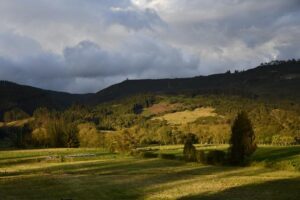
Panoramic view of the Altiplano, the high plains around Bogotá. William Usaquen/Universidad Nacional de Colombia
______________________________

Geographic and temporal framework of the analyzed ancient and modern individuals. Krettek et al., Sci. Adv. 11, eads6284
______________________________

The skeletons of two hunter-gatherer individuals excavated at the Checua archaeological site. Ana María Groot/Universidad Nacional de Colombia
______________________________
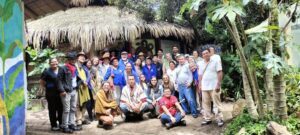
Community engagement of study co-authors with the Guardia Indígena Muisca. Andrea Casas-Vargas/Universidad Nacional de Colombia
______________________________
Article Source: AAAS news release
*A 6,000-year-long genomic transect from the Bogotá Altiplano reveals multiple genetic shifts in the demographic history of Colombia, Science Advances, 28-May-2025. www.science.org/doi/10.1126/sciadv.ads6284

